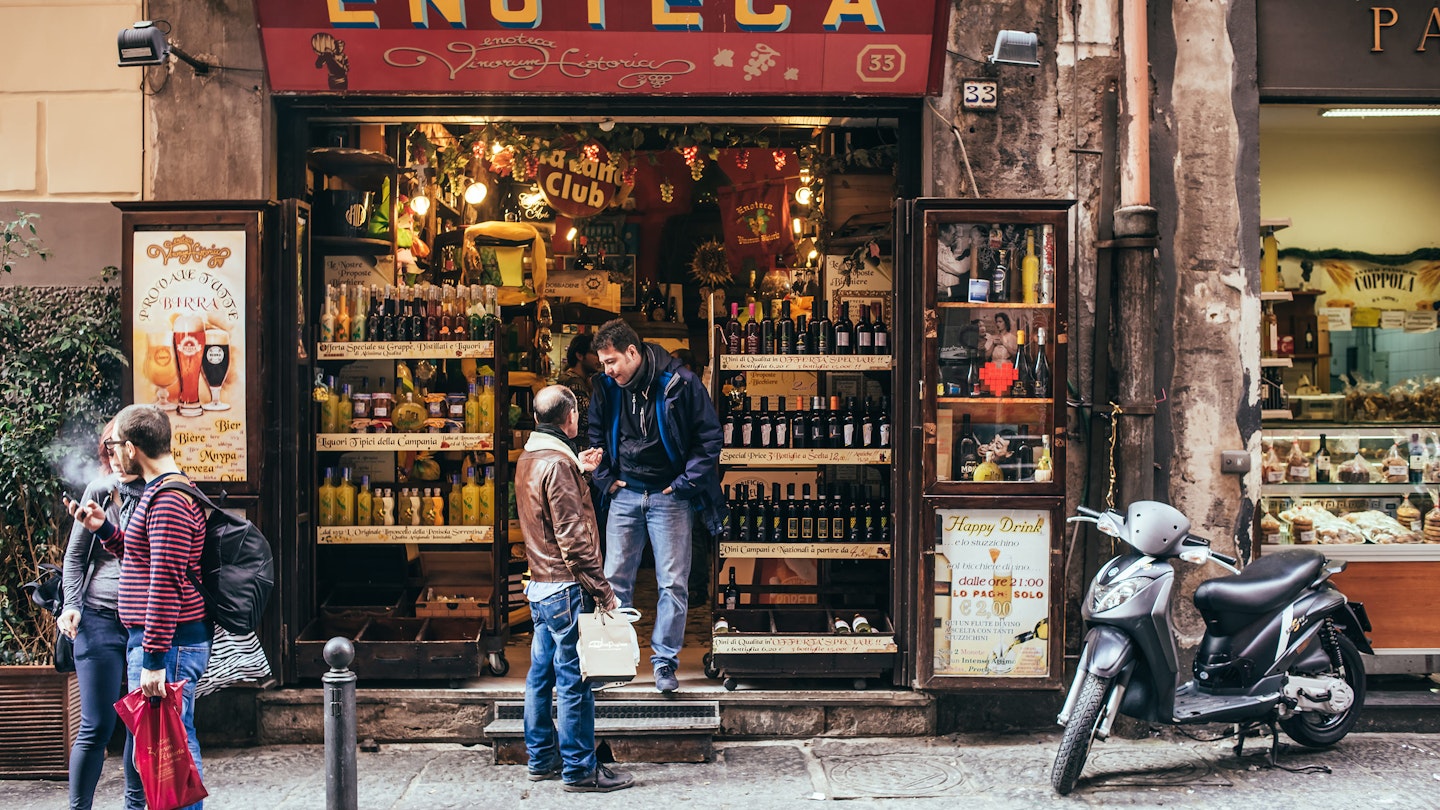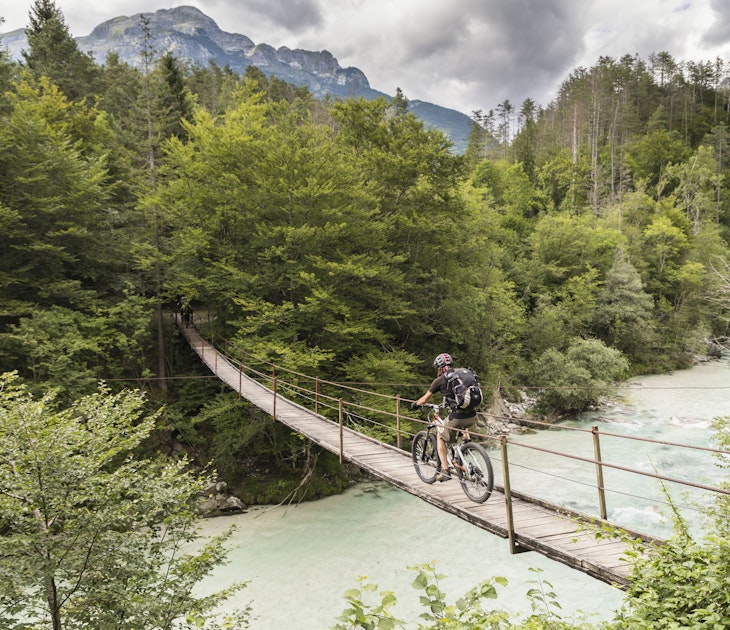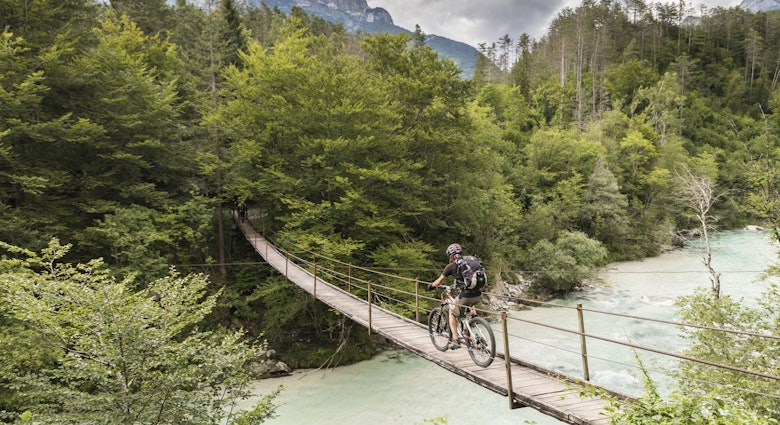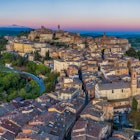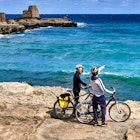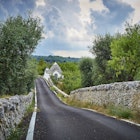Few cities require advance intel quite like sun-scorched Napoli. With contradictions – and guts – in spades, this explosive southern Italian città doesn’t mess about.
Neighborhoods vary wildly in history, vibe and noise levels, and it’s worth planning your stay in advance. Stumble into the ‘wrong’ neighborhood and you could well find yourself eyeballing the macabre work of 5th-century schiattamorti (‘corpse squashers’) in place of a Caravaggio masterpiece, or the famously sublime sea view that unfolds from Naples’ leafier hillside ‘hoods.
Italy’s third-largest city is compact enough to explore in a few days, with a metro, buses and 1920s funiculars ensuring easy access to less-central districts. A wide variety of sights and activities are packed into each neighborhood, loading them all with individual appeal and allowing you to craft your own Neapolitan experience – ethereal, elegant or fly-by-the-seat-of-your-pants edgy.
Centro Storico
Best for sightseeing, drinking and street life
The centro storico (historic center) is the noisy, throbbing heart of Naples that gives the city its notorious punch. Upon arrival expect to be hurled slap-bang into a theatrical time warp of crowd-packed squares, frescoed cloisters and subterranean streets along which Roman chariots once thundered.
This was the stomping ground of the ancient Greeks, and the Unesco World Heritage site bristles with historic churches and monuments anchored by Naples’ heavyweight neo-Gothic duomo. That said, sightseeing in this jumble of dark narrow alleys is as much about lapping up the local street vibe as swooning over a Caravaggio masterpiece or the most beautiful marble sculpture in Italy.
Night owls will have a field day in the warren of well-worn wine bars, historic cafes and edgy after-dark venues. Accommodations span every style and budget, from dirt-cheap bolt-holes to designer palazzos. Pack earplugs if you require complete silence to sleep.
Quartieri Spagnoli
Best for a shot of cinematic Naples
The Spanish Quarter is the stuff of Napoli movies: old-school pizzerias, washing strung out to dry, renegade Vespas razzing down dodgy back alleys and devout locals lining up to be blessed in the bijou chapel beneath the sacred sanctuary home of Saint Maria Francesca.
The grid of buzzy, rough-cut residential streets was built under Spanish viceroy Pedro Álvarez de Toledo y Zúñiga for his troops in the 16th century and is one of the city’s most dense, least plush ‘hoods. Dive in to uncover alternative street art, authentic trattoria eateries and a handful of artsy guesthouses and hotels. Blocks further away from Via Toledo can feel sketchy – avoid. For the full cinematic experience, duck and dive between the Quartieri Spagnoli and the chichi shops and aristocratic palazzi of Via Toledo, opulent Teatro San Carlo and pink-hued Palazzo Reale on its eastern and southern fringes. Artists and intellectuals hobnobbed beneath glass chandeliers at Caffè Gambrinus during the glamorous belle époque. Do the same.
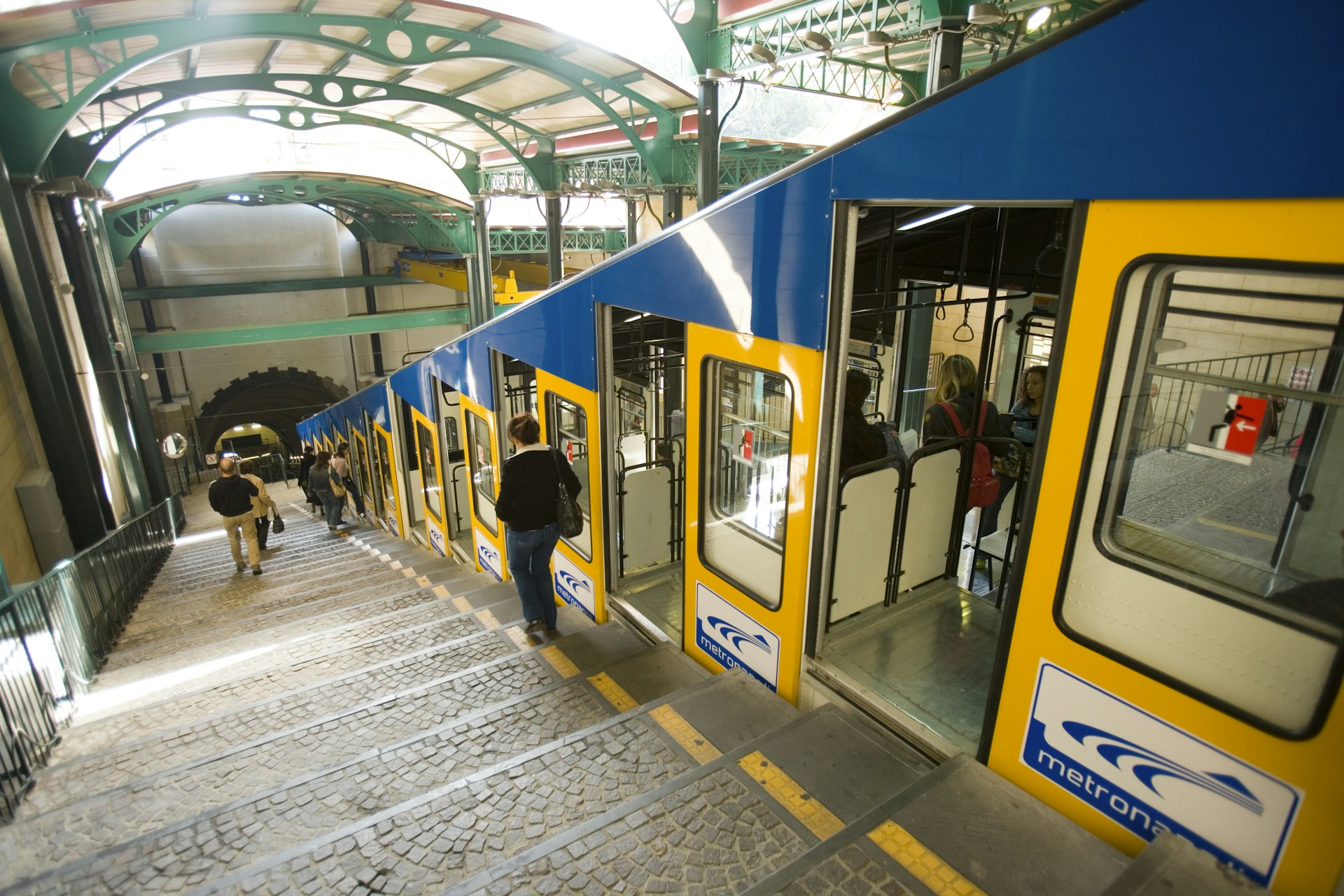
Vomero
Best for cooler air and lofty views
A trio of funiculars clamber up to this genteel hillside neighborhood stitched from leafy avenues, flower-strewn Liberty villas and soul-soaring views. The big blue bay and city panorama – not to mention the tranquil grounds and cloisters of Certosa e Museo di San Martino crowning the hill – make this an easily accessible retreat from the seething sprawl and full-throttle intensity of the city center.
Come dusk, well-to-do locals gravitate to stylish cafes and gelaterie (ice-cream parlors) on central square Piazza Vanvitelli. Surrounding streets boast lovely shops (browse for books on Via Giordano), cafes and the occasional boutique hotel, languishing in a graceful Liberty villa with colorful ceramic-tiled steps and painted wooden shutters.

Santa Lucia
Best for the seafront experience
Just south of the Quartieri Spagnoli, seafront Santa Lucia delivers with grand fin-de-siècle hotels, restaurant terraces with enchanting bobbing-boat views and respectable Neapolitan families promenading along the Lungomare at weekends.
Menus loaded with seafood hark back to the neighborhood’s past as a 19th-century fishing village. Epicureans gravitate to tucked-away-but-top-drawer Officina del Mare, on the teeny touristy islet of Borgo Marinaro, for steaming plates of scialatiello allo scoglio peppered with fresh clams, mussels, prawns and other shellfish. Gazing out dreamily at Mt Vesuvius, Capri and the sprawling mass of Naples from the top of hulking Castel dell'Ovo – the crowning glory of touristy Borgo Marinaro – is a Naples essential.
Chiaia
Best for shopping, drinking and dining
Trendy Chiaia fans out west of Santa Lucia. Packed with high-end shops, fashionable boutiques, independent design ateliers, art galleries and bookshops, this is where trendy Neapolitans come for retail therapy. Twice a month farmers and small-time producers from the region flock to Chiaia’s leafy Villa Comunale to sell salumi (cured meats), formaggi (cheeses), and other artisan produce at the open-air Mercato di Campagna Amica.
Fashionable restaurants, cafes and bars fill side streets here. Chiaia is the cosmopolitan heartland of Naples’ all-essential aperitivo: popular bar streets include Via Bisignano (don’t miss Cantine Sociali), Via Alabardieri and Via Ferrigni. Nearby, craft cocktails are shaken in a clandestine garden bar at Barril.
Culture vultures get their fix at the Museo Pignatelli, in a sumptuous Rothschild villa. Otherwise, Chiaia is a bit of a trek on foot to the centro storico – hop on the metro. Hotels are as sophisticated and upmarket as the ‘hood.

La Sanità
Best for Neapolitan grit and exploring underground
North of Naples’ historic center is the city’s fast-changing underdog. Gritty, gutsy and scarily rough around the edges, this is a once-notorious ‘hood where many Neapolitans wouldn’t even set foot a decade or so ago. Until the 18th century, La Sanità fell outside the city walls, and for centuries it was the place where Naples buried its dead.
Today its raw energy, bohemian spirit and gradual gentrification (amazing baroque staircases slowly being spruced up!) attract visitors keen to stray off the beaten tourist track into Naples’ infamous underworld. Guided tours of ancient frescoed catacombs San Gennaro and San Gaudioso are a city highlight, as is a macabre stroll around Cimitero delle Fontanelle, an otherworldly charnel house where plague victims were buried in the 17th century. Rogue artist studios, markets and street art with attitude are other compelling attractions.
Drinking, dining and accommodations in La Sanità are slim but thoroughly engaging: think bijou artist-run B&Bs and faithfully traditional pizzerias tossing out Neapolitan margaritas, new-gen pizza-dough buns and pizza fritte (fried pizza), all crafted from fastidiously sourced artisanal ingredients.
You might also like:
Everything you need to know before your trip to Naples
The best things to do in Naples: livin' la dolce vita
Getting around Naples is easy with these top tips

